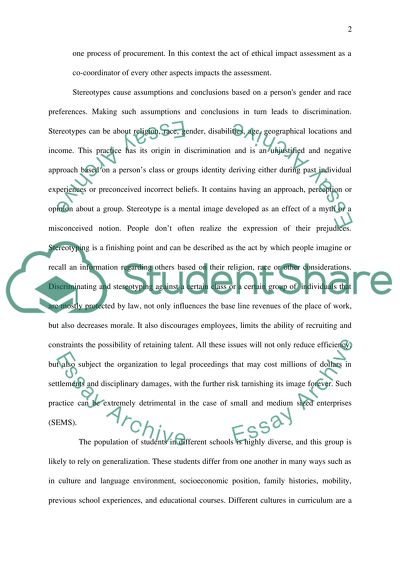Cite this document
(“Diversity and Equal Opportunities with Curriculum links Essay”, n.d.)
Retrieved from https://studentshare.org/education/1401458-diversity-and-equal-opportunities-with-curriculum
Retrieved from https://studentshare.org/education/1401458-diversity-and-equal-opportunities-with-curriculum
(Diversity and Equal Opportunities With Curriculum Links Essay)
https://studentshare.org/education/1401458-diversity-and-equal-opportunities-with-curriculum.
https://studentshare.org/education/1401458-diversity-and-equal-opportunities-with-curriculum.
“Diversity and Equal Opportunities With Curriculum Links Essay”, n.d. https://studentshare.org/education/1401458-diversity-and-equal-opportunities-with-curriculum.


